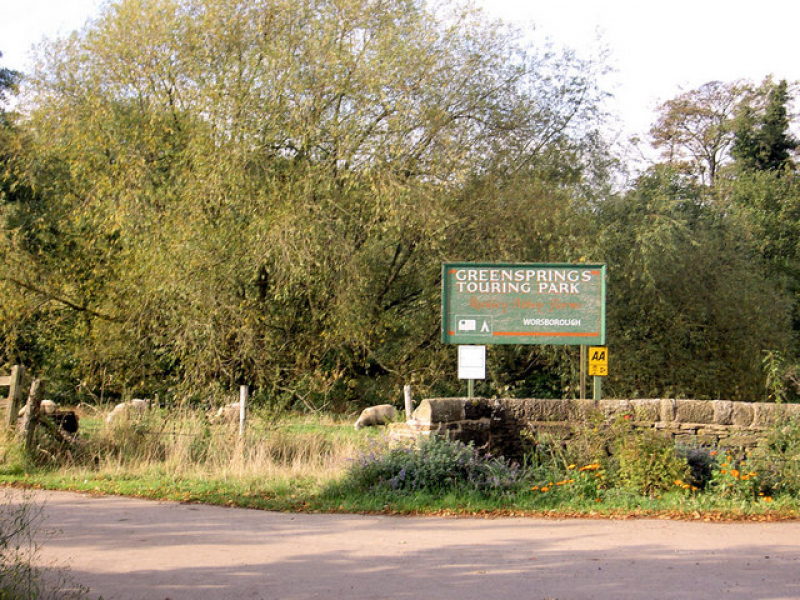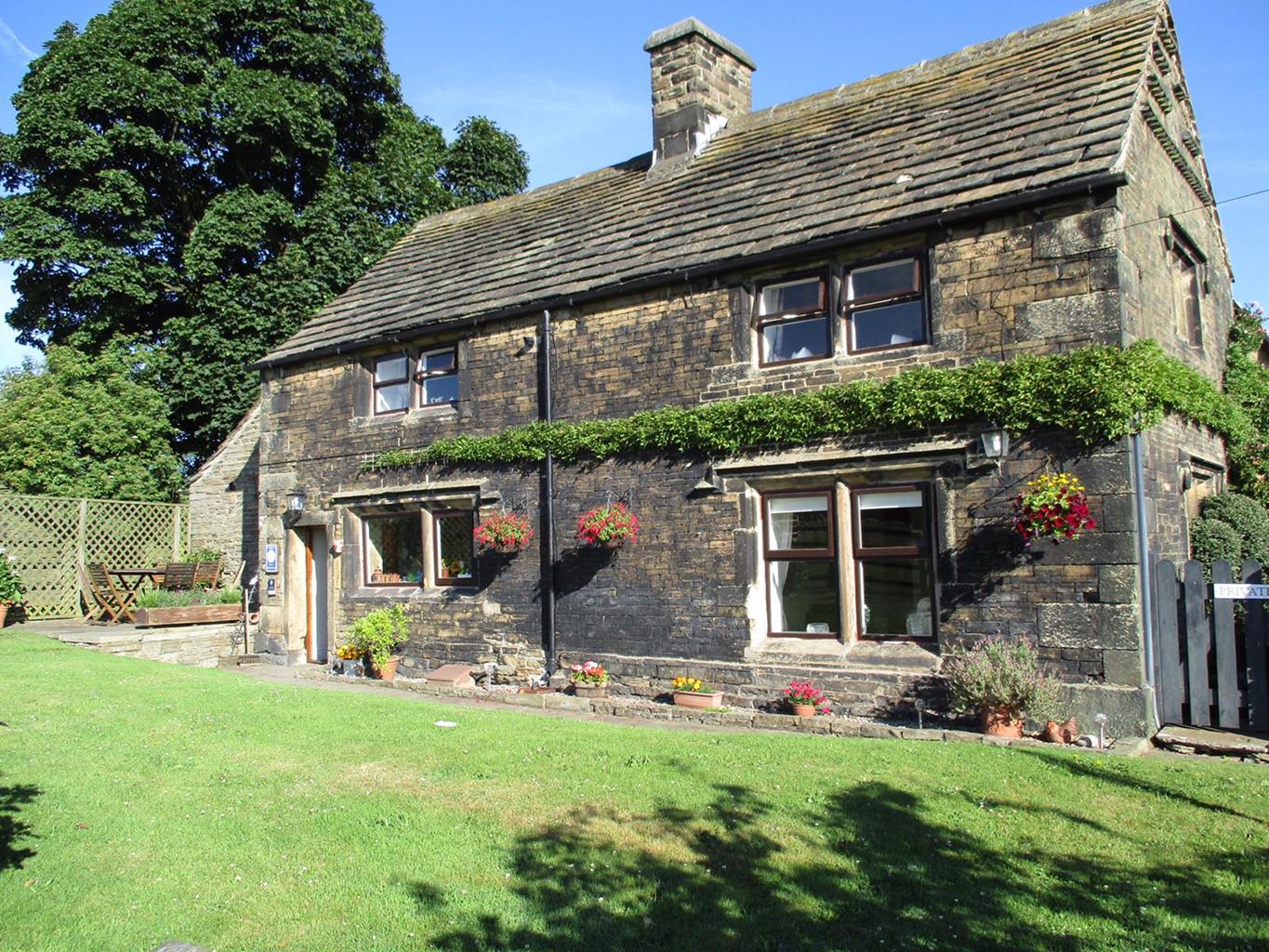This well-established hotel sits in 20 acres of landscaped gardens and offers spacious, well-…
The lakes of Walton Heronry

A short walk around a country park and the home of a visionary naturalist.
3.5 miles (5.7kms)
About the walk
Few houses are situated as delightfully as Walton Hall, isolated upon a little lake island with just a cast iron bridge for access. It was the ancestral home of Charles Waterton, who deserves wider acclaim, for although then regarded as an eccentric, his environmental interests would have put him in the vanguard of ‘green’ thinking today.
A man ahead of his time
Born in 1782, Charles Waterton developed a childhood interest in wildlife, but his passion flourished when he subsequently went to British Guyana to administer the family's sugar estates. During his time there he made several expeditions into the interior and neighbouring Brazil, becoming fascinated by South America's unusual wildlife. He returned home with many exotic specimens, many of which are now displayed in the Wakefield Museum, and turned his attention to studying and protecting his local wildlife.
At a time when shooting parties were an intrinsic part of landed gentry society, he created what was perhaps the world's first nature reserve, building a high wall around his estate to keep the poachers out. However, he opened the grounds for the peaceful enjoyment of local people. Over the next 40 years he fought against pollution, planted countless trees, managed his woodland for the benefit of the wildlife and built hides from which to watch the wild birds. He also experimented in encouraging breeding and is credited with the invention of the nesting box. One success was the establishment of herons on the estate; their descendants still around today. He spent over £9,000 (the equivalent £2.5 million today) on his project, funding it, he said, 'from the wine I do not drink’. When he died after a fall in 1865, he was buried in the woods he loved, a linnet supposedly singing as his coffin was lowered into the ground.
Ironically, his son Edmund subsequently resorted to hosting shooting parties to help to pay off his own debts. But the estate survived and today is split between a country park, nature reserve and a golf club, with the house forming the centrepiece of the four-star Waterton Park Hotel.
Industry to country park
Beyond the wood and parkland of Waterton's estate, areas of the country park have been reclaimed from industry. The main lake was once a vast, opencast coal pit surrounded by spoil heaps, while the two reservoirs to the south supplied the Barnsley Canal. Opened in 1799 to carry coal, the waterway later lost traffic to the railways and was plagued by subsidence from the mines it served. Closed since 1953, it too has reverted to nature, adding yet another dimension to the habitats of the area. At the country park visitor centre you will find exhibitions illustrating Squire Waterton’s work and highlighting the local wildlife.
Walk directions
From the car park, take the track past the visitor centre towards the main lake, signed 'Lakeside Walk'. At a fork, bear left towards the bird hides. Keep to the main path for some 300yds (274m), looking for a gap in the left hedge from which a path is signed to Walton.
Through a kissing gate, walk at the edge of two fields towards the distant golf course. Cross a footbridge into a third field and keep ahead to another kissing gate in the far corner. Turn sharp left on a path fringing the golf course, passing a small pond to enter woodland. Ignoring a crossing path, keep to the obvious trail, which shortly curves right past the tail of a lake. Beyond the trees, continue forward as golfers' paths merge to reach a junction. Take the waymarked grass path ahead to a three-way fingerpost and carry on towards the Barnsley Canal, descending behind the hotel complex to meet a gravel drive.
Go left, but leave after 50yds (46m), going left again on a waymarked path that climbs beside a fence. At the top, pass through an opening in a high brick wall and swing left again to emerge onto the hotel's main drive. Follow it up to the right, rising to a bridge over the Barnsley Canal near the golf clubhouse.
Immediately over the bridge, drop left to the tow path and follow it away beside the disused waterway. After 0.25 miles (400m) bear off right, rising to another bridge over the canal. Cross and swing right in front of a gate on a broad track running above the opposite bank.
When it later forks, keep left beside the boundary wall of the Walton Estate into woodland. Eventually reaching a junction at the end of the wall, bear right with the main track. Walk on to a second junction by an information board and go left towards Anglers Country Park. Leaving Haw Wood behind, the track later develops as a lane, eventually leading back to the car park and visitor centre.
Additional information
Good paths and tracks throughout, canal tow path
Country park, lakes, woodland and canal
Good, but care should be taken when near wildfowl
OS Explorer 278 Sheffield & Barnsley
Anglers Country Park on Haw Park Lane, between Crofton and Ryehill
At the visitor centre, at start of walk
WALKING IN SAFETY
Read our tips to look after yourself and the environment when following this walk.
Find out more
Also in the area
About the area
Discover West Yorkshire
Everybody knows that Yorkshire has some special landscapes. The Dales and the Moors first spring to mind, but what about West Yorkshire? That’s Leeds and Bradford isn’t it? Back-to-back houses and blackened mills… Certainly if you had stood on any of the hills surrounding Hebden Bridge a hundred years ago, and gazed down into the valley, all you would have seen was the pall of smoke issuing from the chimneys of 33 textile mills. But thankfully, life changes very quickly in West Yorkshire. The textile trade went into terminal decline, the mills shut down forever and in a single generation Hebden Bridge became a place that people want to visit.
The surrounding countryside offers walking every bit as good as the more celebrated Yorkshire Dales; within minutes you can be tramping across the moors. And this close proximity of town and country is repeated all across West Yorkshire. There’s such diversity in the area that you can find yourself in quite unfamiliar surroundings, even close to places you may know very well. Take time to explore this rich county and you will be thrilled at what you find to shatter old myths and preconceptions.
Nearby stays
Restaurants and Pubs
Nearby experiences
Recommended things to do
Why choose Rated Trips?
Your trusted guide to rated places across the UK
The best coverage
Discover more than 15,000 professionally rated places to stay, eat and visit from across the UK and Ireland.
Quality assured
Choose a place to stay safe in the knowledge that it has been expertly assessed by trained assessors.
Plan your next trip
Search by location or the type of place you're visiting to find your next ideal holiday experience.
Travel inspiration
Read our articles, city guides and recommended things to do for inspiration. We're here to help you explore the UK.













